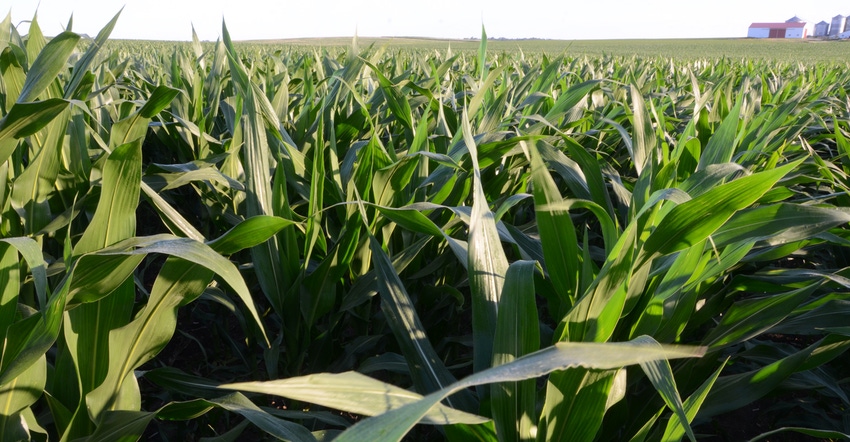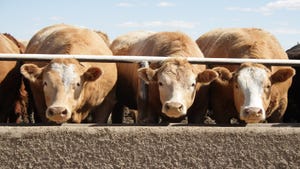June 11, 2021

A lot of challenges lurking in fields are seeking to cut yields. And when you mention nematodes, the first thought is usually soybeans, but corn has a few of these yield-robbing roundworms targeting roots, too. How bad is it? Pioneer agronomists wanted to find out.
In 2019 and 2020, Pioneer sales agronomists collected nearly 750 soil samples from different parts of the Corn Belt, including the eastern, western and southeast portions. And they found that more than 50% of cornfields sampled in those areas had medium to high levels of nematode pressure.
"One of the things about nematodes is that everybody thinks about soybeans and soybean cyst nematode," says Mary Gumz, Pioneer agronomy science manager. "The fact of the matter is that there's a lot of nematode pressure in corn."
She says in the past, she thought the pressure was mainly in sandy soils and that it would be relatively isolated, but some research showed the pest was more common across different soil types.
"So we started this program that we pulled soil samples, and most of the legwork was done by Pioneer sales professionals,” Gumz says. “They went into customer fields and pulled soil samples and sent them to the laboratory."
Gumz and her group coordinated the results and did the analysis. "We found out they were way more common than we thought, and in Illinois, 93% of the fields had some level of nematode damage, and up around 25% were at high levels," she says.
Taking a survey
Recently, Pioneer surveyed growers to learn how they saw corn nematode pressure. The 448 responses entailed:
about 33% with low pressure
just over 30% with moderate pressure
12% with high pressure
about 25% didn't know what nematode pressure they faced
Gumz notes that more farmers are becoming aware of the problem, though there are some questions about true yield impact. Like those nematodes in soybeans, the impact can be spotty in any field, making it hard to track.
But in that survey, 43% of respondents reported moderate to high pressure in their fields. "When I look at what they said about their nematode pressure, that level of pressure can really start affecting yields," she says.
The field samples that were taken to ascertain the level of nematode pressure in cornfields came early in the season. Gumz notes if you're taking samples early, you may not see much crop damage. "Sometimes you can, if you're out there at V4 and you have a hot spot in the field where you know it's just kind of stunted; it's not growing right," she says. "It'll be an elliptical area that follows a tillage pattern, and that can definitely be a hot spot for nematodes."
For the field samples Pioneer gathered for its nematode research, the sampling was at V6, and samples were taken in the row and between the rows to get a good population sample. Timing is important because hotter weather — like mid-July — will send nematodes deeper than a normal sampling depth.
If you want to sample a field for the problem, V6 is a good time, and Gumz recommends taking that 6-inch core in the row and between rows, and blend that sample to send it in for testing. If you can't do it until midsummer, it may be best to wait for cooler weather. But as you scout the field, mark hot spots that may appear either on your drone maps or as you run through with the combine.
Tactics to take on nematodes
Gumz does offer some tips if you think you have nematode pressure in your cornfields:
Control weeds. Many weeds can act as an alternative host for corn nematodes.
Rotate crops. Gumz notes Pioneer has found that in rotated fields, farmers are less likely to have high corn nematode pressure.
Use a premium seed treatment. Pioneer offers Lumialza nematicide seed treatment. Another potential treatment is Poncho 1250 +Votivo from BASF, which can protect from nematodes early in the season.
Pioneer says it has shown yield increases for Lumialza use of 3.7 bushels per acre under low pressure and up to 9 bushels per acre in heavy pressure.
"Scouting for something like nematodes, which is an invisible problem, and the damage is kind of subtle. It comes out afterwards," she says. "You want to look at your yield maps, watch the crop from the combine during harvest. And if you have areas that are a little mysterious and you lost some yield, that's a prime place to do some sampling."
About the Author(s)
You May Also Like






